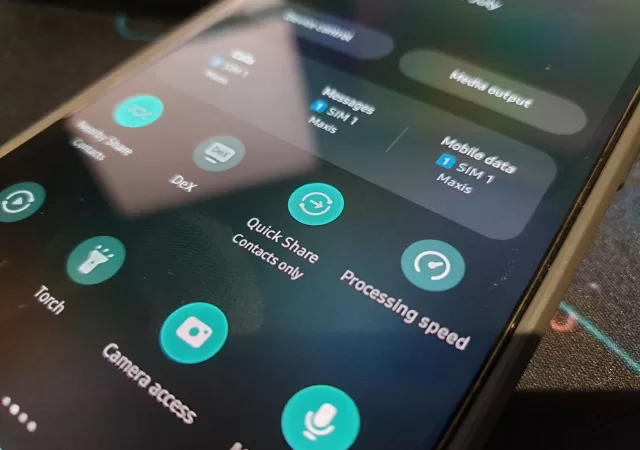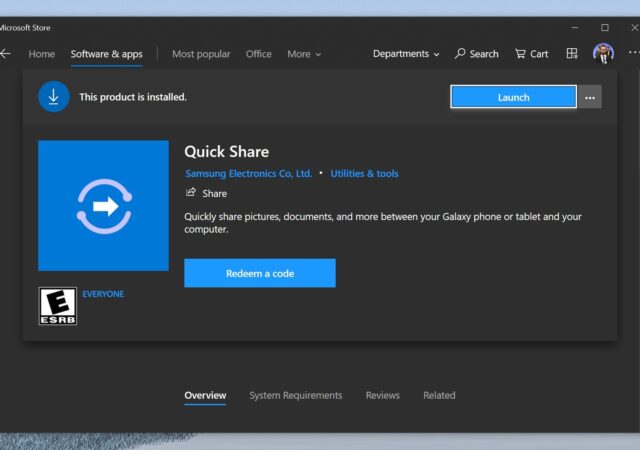Samsung has released their latest Quick Share update and made it available to other Windows OS devices to work with their Galaxy smartphones.
Samsung’s Quick Share Coming to Windows 10
If there’s been one feature that Apple has had that gives it an edge over Android and Windows users – it would be the seamless connectivity between its mobile and computing ecosystems. However, it looks like that is about to…




